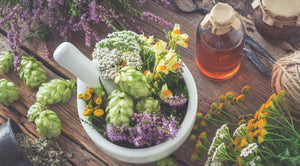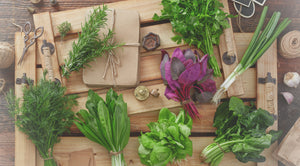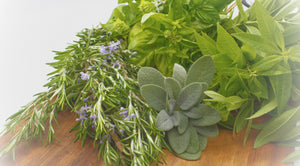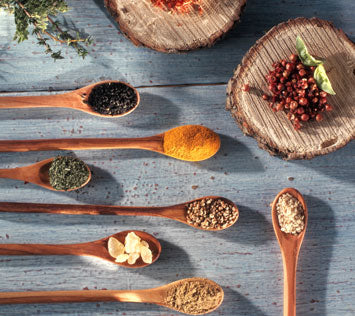Growing wild across the Northern hemisphere, chives will tolerate most soils and conditions; they will often grow year round. If you are not growing for harvesting, the purple flowers and heads make a wonderfully attractive and long-lasting 'herb flower' in the garden. The lilac pompoms are a wonderful (and unusual) addition to arrangements. Clumps of flowering chives make attractive borders for any garden, and they are also great companion flowers.
The best site for chives is a warm border with partial shade. They grow quickly, and have a tidy and compact habit. They grow in 'clumps' approximately 6" in diameter, and range in height from 6 to 9 inches, although some varieties will reach 12 inches. Chives are produced from small white bulbous roots, or 'bulblets' and they are easily propagated by making divisions - they can be lifted (preferably in mid-spring) split up and replanted. Divided, replanted and kept watered, you will have a steady supply of young leaves. If you are interested in culinary chives only, don't let the flowers go to seed.
Chives are easy to grow indoors, and make an ideal potted herb for the kitchen window sill. Make sure that you have a sunny location, and water it conscientiously. Feed the plant regularly with diluted fish emulsion after repeated cuttings in order to replace lost nutrients.
Harvesting is easy; cut the foliage with scissors, always leaving some 'grass' to continue growing.






